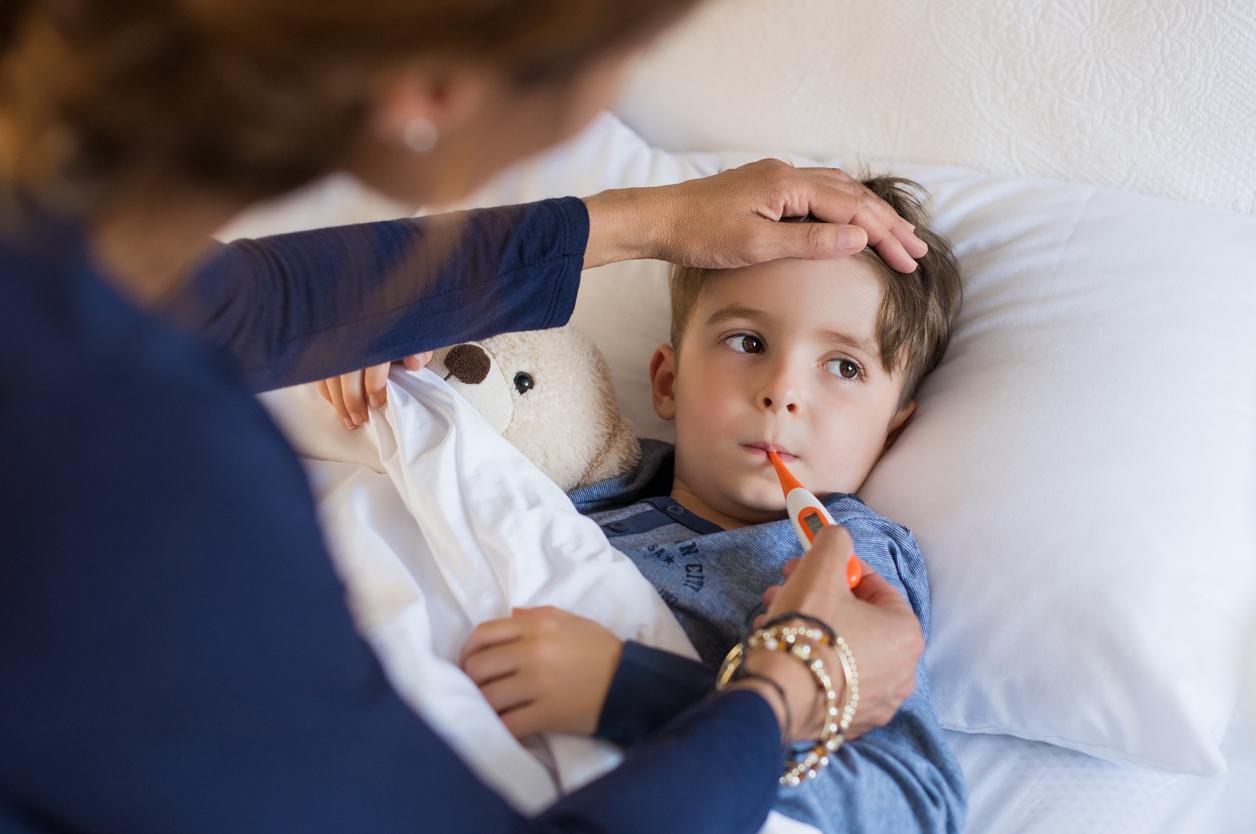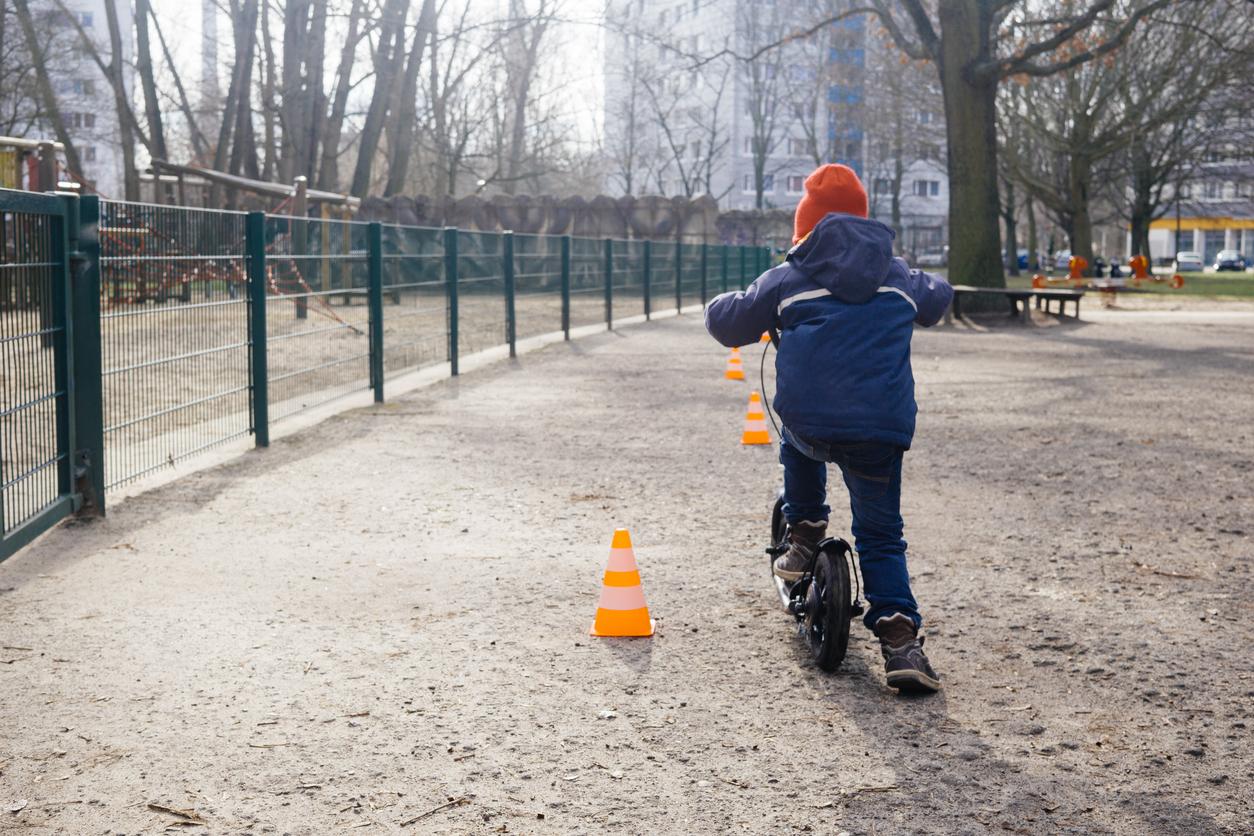Language (dysphasia), writing (dyslexia) or the child’s motor skills (dyspraxia) are grouped together under the name “dys disorders”. In order to improve their care, the Haute Autorité de santé (HAS) has just published a “health path guide” involving the families of the children, caregivers and teachers. It clarifies the role and the time of interactions of each stakeholder. The regional health agencies (ARS) will oversee the application of this guide. They will provide up-to-date lists of resources by territory and will deploy information systems to facilitate exchanges between health professionals.
Be able to adapt to each case
“Dys disorders are a real health issue, because they are frequent and have consequences on learning the child’s education as well as their social and professional integration ”, explains Dominique Le Guludec, president of the HAS, in a press conference. Indeed, they concern 8% of school-age children and are the consequence of anomaly in their cognitive development. “It’s very confusing because the child understands and learns. This disorder, which is not visible, is completely out of step with the rest ”, specifies Christine Auché, member of the French Federation of dys (FFdys).
This guide should give teachers the keys to learning to observe and observe children’s difficulties in order to open a dialogue with the family. “There are whole regions where there is no solution for these children and where we have access to a speech therapist check-up after a year and a half” underlines Christine Auché. This is why the HAS has designed this guide structured in three levels in order to promote a range of care adapted to the severity and complexity of the disorder. “Each child is unique and they each have different levels of impairment,” explains the president of the HAS.
Three levels of support
Level 1 is provided by local professionals: doctors and rehabilitators (speech therapist, Occupational therapist, psychomotor therapist or psychologist). Catherine Billard, neuropediatrician who participated in the development of the guide, explains that level 1 is triggered when “the school could not solve everything”. The child’s doctor will then prescribe an assessment with a rehabilitation specialist in dys disorders. After a first diagnosis, he will implement, if necessary, a rehabilitation.
Level 2 constitutes multidisciplinary care when difficulties persist. “A more precise analysis will have to be done on the cognitive level, and it will be necessary to define a plan of more adapted and more intensive care as well as a more strict follow-up”, details the neuropediatrician. The last level concerns very complex cases. It requires the intervention and expertise of a reference center for language and learning disorders attached to university hospitals.
Read also:
The Tomatis method against language disorders
What does a dyslexic see when he reads?

















